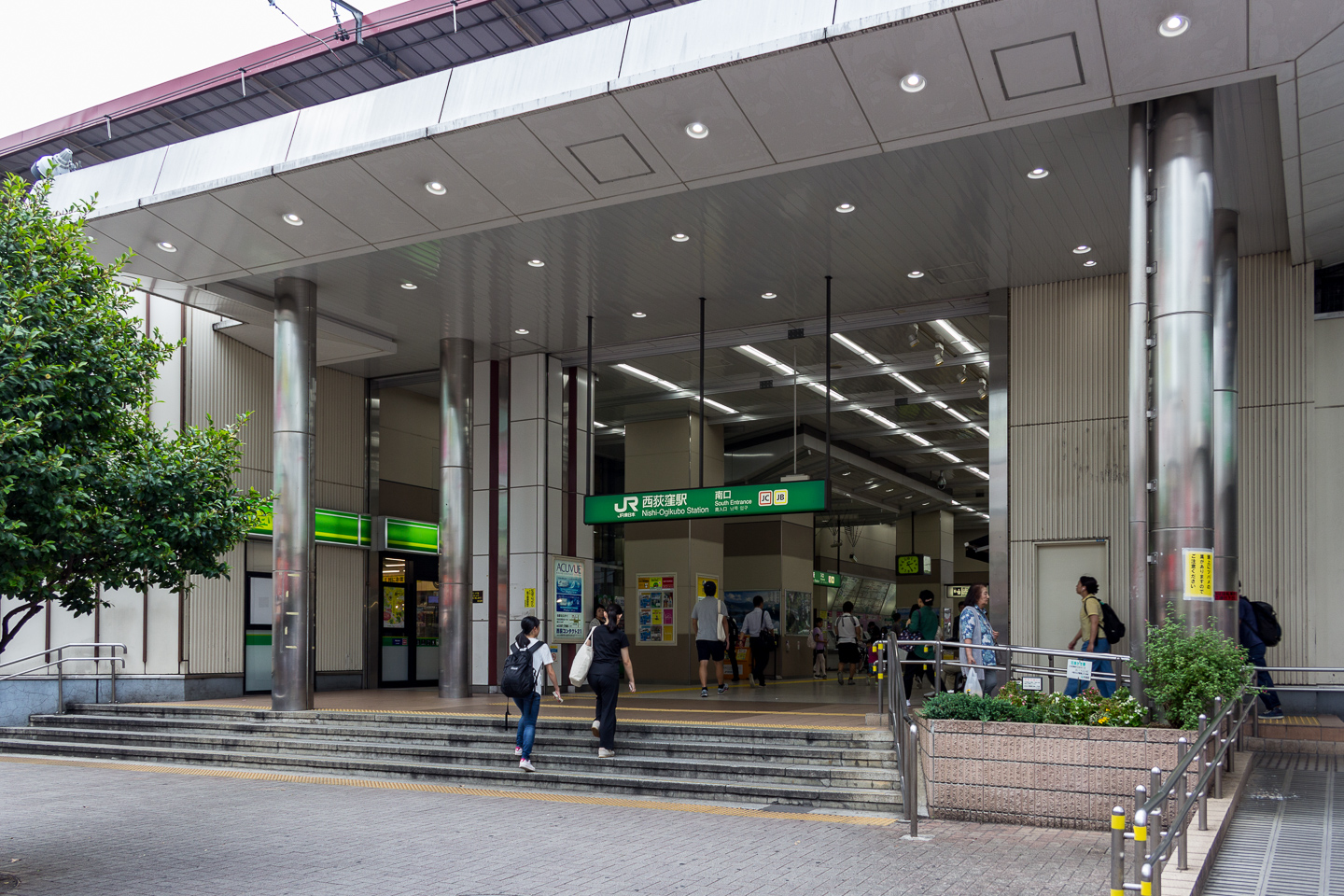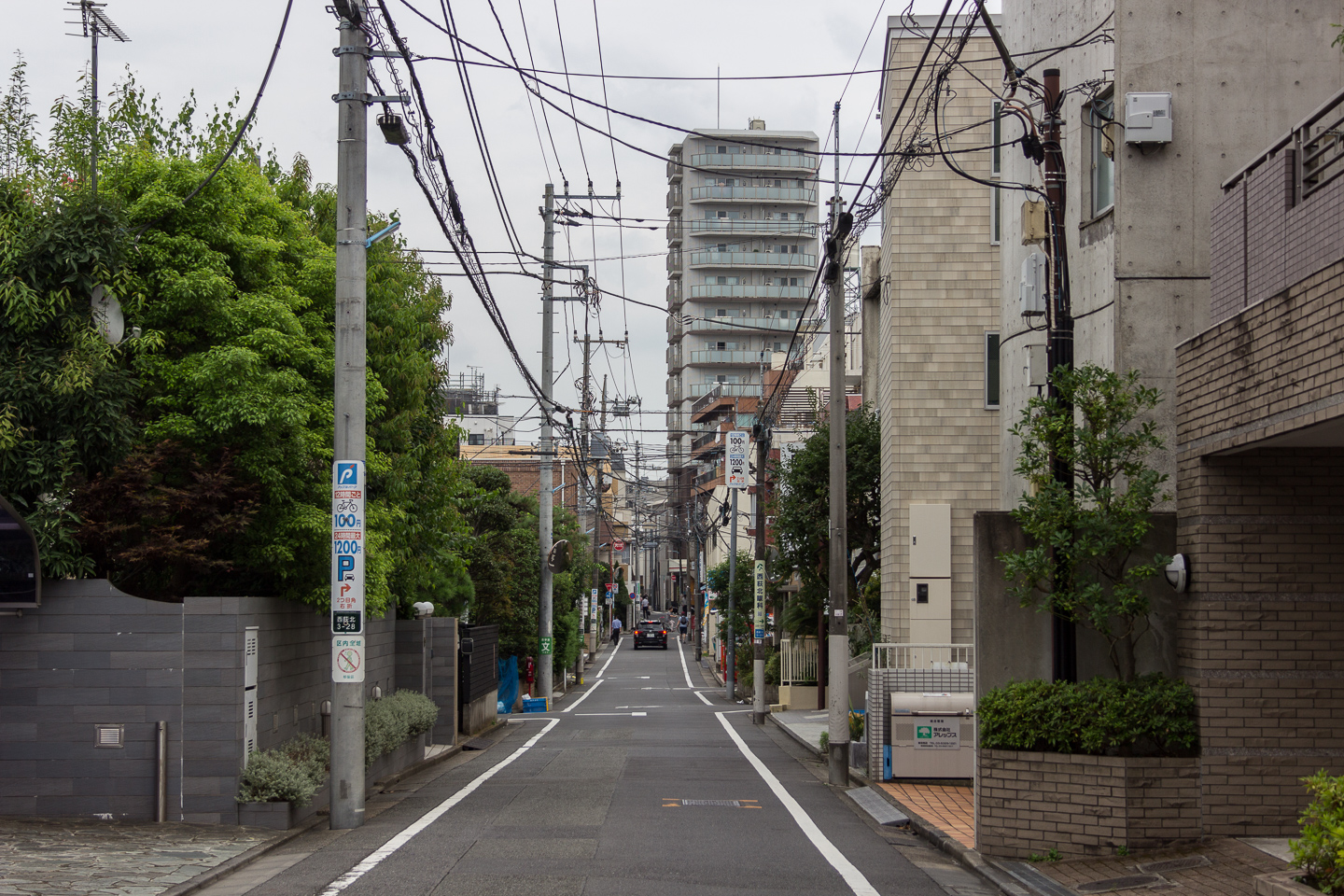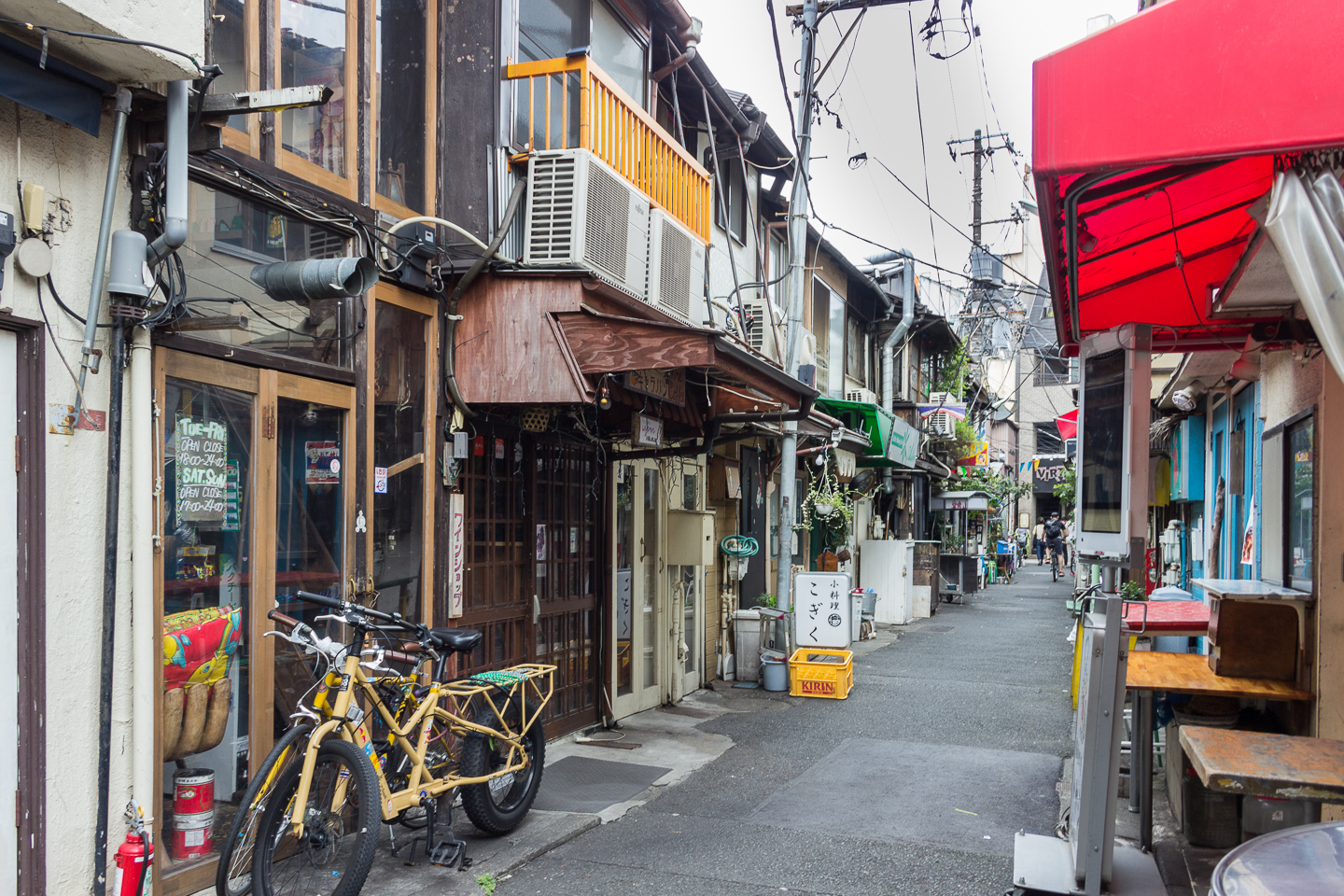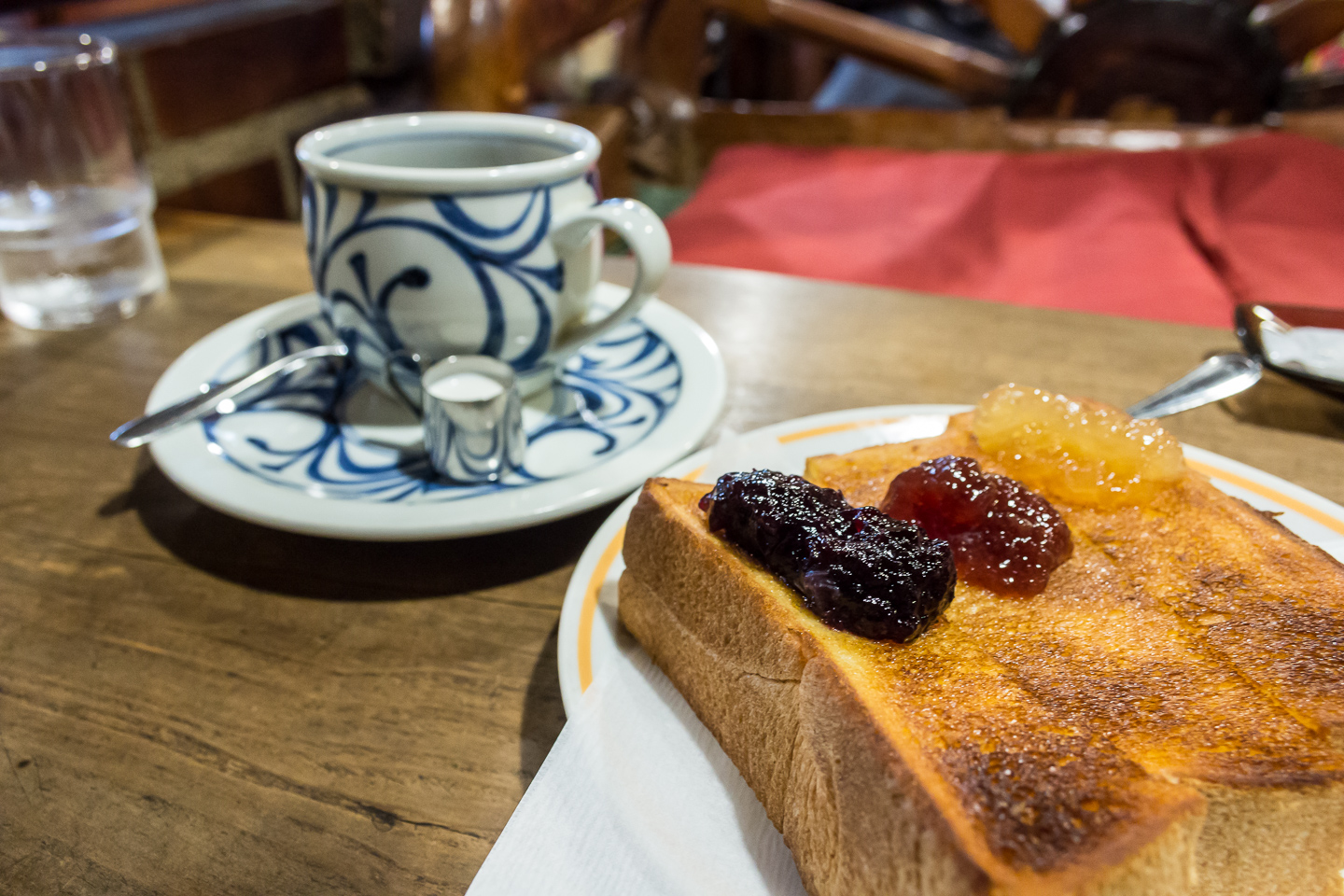Details
- Highlights
- -- Relatively quiet and calm compared to neighboring stations.
-- Average rent is also lower than that of surrounding area.
-- Variety of local produce vendors makes it easy to pick up fresh groceries.
-- SEIYU supermarket at the station is open 24-hours. - Trainline(s)
- Nishi-Ogikubo Station is located on the JR Chuo Line (Rapid) and JR Chuo-Sobu Line (Local).
- Access
- From Nishi-Ogikubo Station on the JR Chuo Line (Rapid) and JR Chuo-Sobu Line (Local):
-- 13-min direct to Shinjuku Station
-- 26-min direct to Tokyo Station
-- 22-min to Shibuya Station (1 transfer)

Contents

Nishi-Ogikubo at a glance
It might seem like Nishi-Ogikubo is overshadowed by its Chuo Line neighbors, but perhaps it’s more appropriate to view Nishi-Ogikubo as a diamond in the rough. Essentially, by living in Nishi-Ogikubo, you’re trading a little bit of convenience (lack of department stores, fewer gyms, etc.) for cheaper rent and a quieter neighborhood.
With that said, you can actually find a variety of restaurants and small/local shops scattered around the station. But it’s immediately apparent that both Kichijoji and Ogikubo offer a lot more convenience concentrated around their respective stations.
Transportation

Nishi-Ogikubo Station itself is only connected to the JR Chuo line (rapid and local). You have the option to take a bus to other surrounding lines (Seibu-Shinjuku Line to the north, and Keio Inokashira Line to the south).
Rent
The rent in Nishi-Ogikubo is relatively cheaper compared to the surrounding neighborhoods. This is likely due to the fact that there aren’t any shopping malls or department stores at the station.
- Studio/1K ¥75,800/month (About $720 assuming an exchange rate of ¥106/US dollar)
- 1LDK/2DK/2K ¥117,900 (About $1100)
- 2LDK/3DK/3K ¥148,700 (About $1400)
As always, make sure you check Real Estate Japan for less expensive options.
For example, rent for some 1K apartments near Ogikubo Station starts at around ¥54,000 per month.
Apartments for rent in the Nishi-Ogikubo area
To see current listings, please click on the links below.
- Nishi-Ogikubo Station apartments
- Ogikubo Station apartments
- Kichijoji Station apartments
- Kamiigusa Station apartments
- Kugayama Station apartments
Ease of living

There’s no hiding the fact that Nishi-Ogikubo is one of the quieter stations on the Chuo Line. That being said, it’s not like you’d have trouble finding household necessities in the area. There is a 24-hour supermarket located just out of the North Exit of the station. Unlike Ogikubo, however, there is no sprawling department store to leisurely take a stroll through.

Whereas the surrounding stations (Kichijoji, Ogikubo) have plenty of sights, museums, and venues to draw in crowds of visitors, Nishi-Ogikubo doesn’t have that same magnetic appeal. This can either play in your favor (if you prefer a quieter, more residential environment), or it could be a dealbreaker (if you want to live somewhere with quick access to a lively nightlife).

That being said, Nishi-Ogikubo is only one station away from Kichijoji or Ogikubo so you wouldn’t be too far from larger stations to get your fill of excitement.

You will find a few gyms to the south of the station (TAC, Anytime Fitness), but there doesn’t seem to be much available on the north side.

Instead of large department stores with national (or even global) brands, Nishi-Ogikubo offers unique, local shops and restaurants.

Who is this area ideal for?
If you prefer a more residential vibe (keep in mind we’re still talking about within Tokyo, so “residential” is a loose term here) and are willing to give up a little bit of convenience, then I think taking a look at Nishi-Ogikubo is worth your time. Or, if you want to save a little bit on rent, this might be the area to check out if you’re primarily going to be using the Chuo Line.
Lead photo: Scott Kouchi








